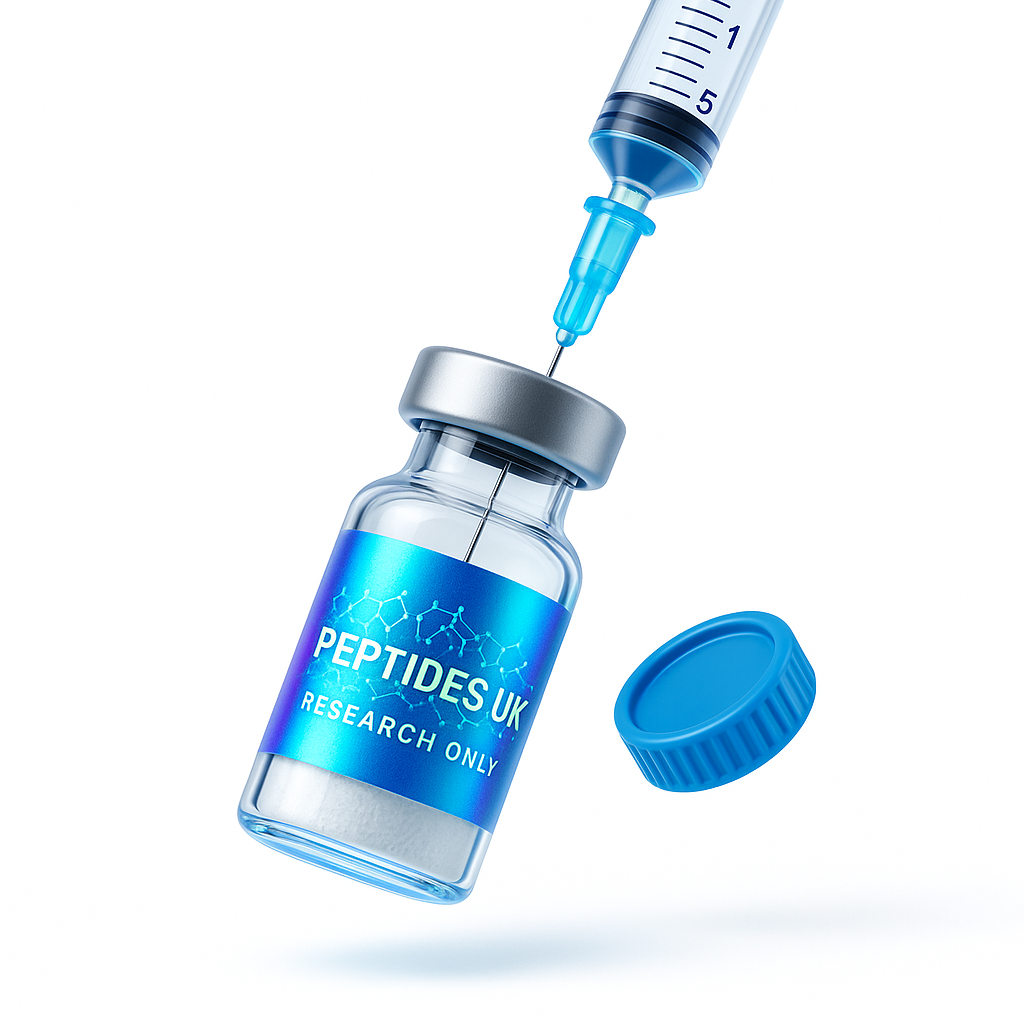Understanding the Onset of Tissue Regeneration by BPC-157
BPC-157, a peptide derived from a protein found in gastric juice, has garnered significant interest in preclinical research due to its potential regenerative properties. While much of the data stems from animal models and cellular studies, understanding the timeline and mechanisms by which BPC-157 influences tissue repair is crucial for researchers exploring its applications in regenerative medicine. The onset of its effects can vary based on dosage, administration route, and the specific tissue involved, but preclinical studies provide valuable insights into its biological activity timeline.
Peptide Background and Scientific Properties
BPC-157, also known as Body Protection Compound-157, is a synthetic peptide consisting of 15 amino acids. It is notable for its stability in gastric juice and its ability to promote healing processes across various tissue types. Its molecular structure enables it to interact with multiple cellular pathways involved in angiogenesis, collagen synthesis, and cellular proliferation, making it a promising candidate for studying tissue regeneration mechanisms in preclinical settings.
Mechanisms of Action
Cellular Pathways Affected
BPC-157 influences several molecular pathways that facilitate tissue repair. It upregulates the expression of growth factors such as VEGF (vascular endothelial growth factor), which promotes angiogenesis essential for supplying nutrients and oxygen to regenerating tissues. It also modulates the expression of collagen and extracellular matrix components, supporting structural integrity during healing. Additionally, BPC-157 appears to activate the PI3K/Akt pathway, which plays a pivotal role in cellular survival and proliferation.
Receptor Interactions
Though the precise receptors for BPC-157 remain under investigation, current research suggests interactions with the serotonergic and dopaminergic systems, which may indirectly influence tissue regeneration. Its ability to modulate inflammatory responses and promote angiogenesis positions it as a multifaceted agent in preclinical regenerative studies.
Research Use and Experimental Protocols
In preclinical research, BPC-157 is typically administered via injections or topical applications depending on the tissue of interest. Dosing varies across studies, with common doses ranging from 10 to 10,000 micrograms per kilogram of body weight in animal models. The onset of observable regenerative effects often occurs within a few days to a week post-administration, with significant tissue improvements noted within 2–4 weeks in some models. Researchers monitor markers such as increased vascularization, collagen deposition, and functional recovery to assess efficacy.
Comparison with Other Research Peptides
Unlike peptides such as CJC-1295 or Tesamorelin, which primarily influence growth hormone pathways, BPC-157’s unique profile targets multiple aspects of tissue repair, including angiogenesis, inflammation modulation, and extracellular matrix synthesis. This broad spectrum of activity makes it particularly suitable for complex tissue regeneration studies, especially in models of gastrointestinal, muscular, and vascular injuries.
Storage, Stability, and Handling
BPC-157 is generally stored at -20°C in lyophilized form to maintain stability over extended periods. Reconstituted solutions should be kept refrigerated at 2–8°C and used within a specified timeframe, typically 1–2 weeks. It is soluble in sterile water or saline, facilitating various delivery methods in research settings. Proper handling and storage are essential to preserve its bioactivity for accurate experimental outcomes.
Conclusion
Preclinical studies indicate that BPC-157 begins exerting its regenerative effects within days of administration, with noticeable improvements in tissue structure and function emerging within 1–2 weeks. Its multi-pathway mechanisms, involving angiogenesis and extracellular matrix modulation, underpin its potential as a versatile agent in tissue regeneration research. For researchers, understanding the timing and molecular pathways involved can aid in designing effective experimental protocols and interpreting results accurately. Continued investigation will further clarify optimal dosing, delivery, and application strategies for this promising peptide.
Disclaimer: This content is for educational and research purposes only. None of the peptides mentioned are intended for human use.



